On a midday, I came out with my family for a vacation in Anji. This time, I truly felt the anxiety of using an electric car, not about the range, but some issues with the current charging facilities. I think in the second half of 2021, there will be a positive trend in the quantity of electric cars, and as the volume explodes, many customers will start embracing electric cars. However, the problem with infrastructure still objectively constrains the bottleneck of using electric cars.
Focusing on electric cars or focusing on travel itself
1) Discount rate of range
Normally, I only charge my car to less than 600km, which is to protect the battery according to the 90% charging limit. Before the long-distance travel, I intentionally charged it to about 650km on Friday night. After a trip to Shanghai Dance Center on Saturday, the range before going to Anji was 622 km.

My thought was, with 622km and a 30% discount, a distance of 210km would consume at most 300km of display, and it wouldn’t be a problem to find a place to charge in Anji and come back.
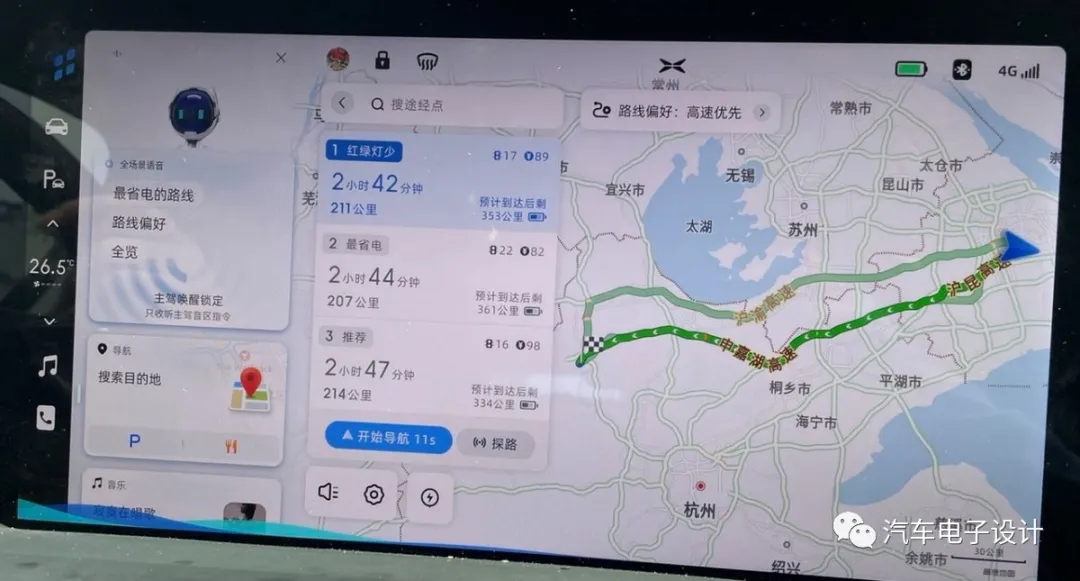
During the driving process, I found something particularly interesting, which is that the displayed range in P7 is only for reference. Based on the actual energy consumption under different road conditions, the estimated remaining range on the central control screen is more objective. It did the estimation for me before departure:
Actual distance: 214 km, remaining: 334 km (corresponding to a 288km drop in the display), estimated by a 74.5% discount rate.
Actually, it kept decreasing, and when I arrived at Zhujiajiao (1/3 of the total distance), there were 324 km left (corresponding to a 298km drop in the display).
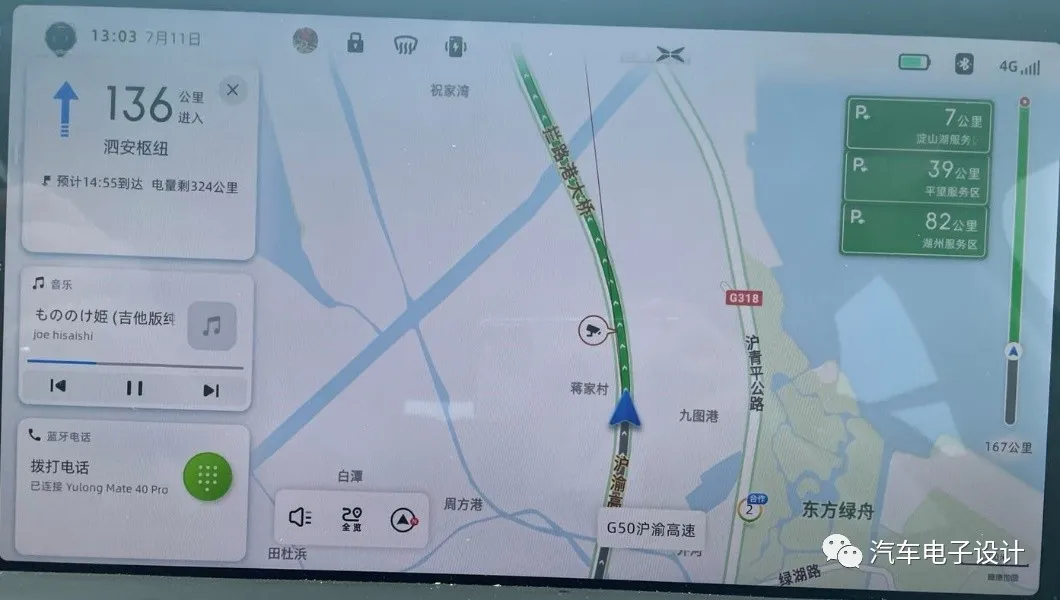
When it was close, all parameters were found to be relatively accurate with the remaining range. After driving 85% of the distance, the basic range already reached 318 km (corresponding to a 304km drop in the display).
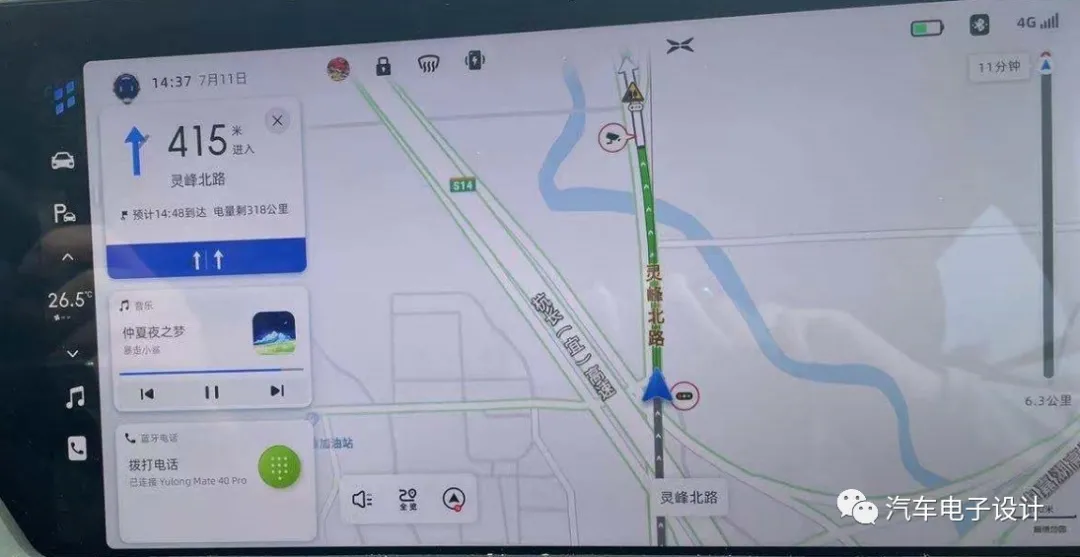 2)Finding charging stations?
2)Finding charging stations?
Next, the issue is how to find charging stations. My bottom line strategy before leaving is to leave 100-150 kilometers of displayed range and charge at a highway service station. But this is an unavoidable solution. Firstly, the P7 app doesn’t even list any charging stations nearby; China State Grid e-charging displays that there are 8 stations (4 for 60 kW and 4 for 120 kW) near JW Marriott. Also, the JiaDian app lists a bunch of charging stations, and balancing between dinner and charging, I believe I selected the classic 1958 Commercial Plaza as the destination for charging.
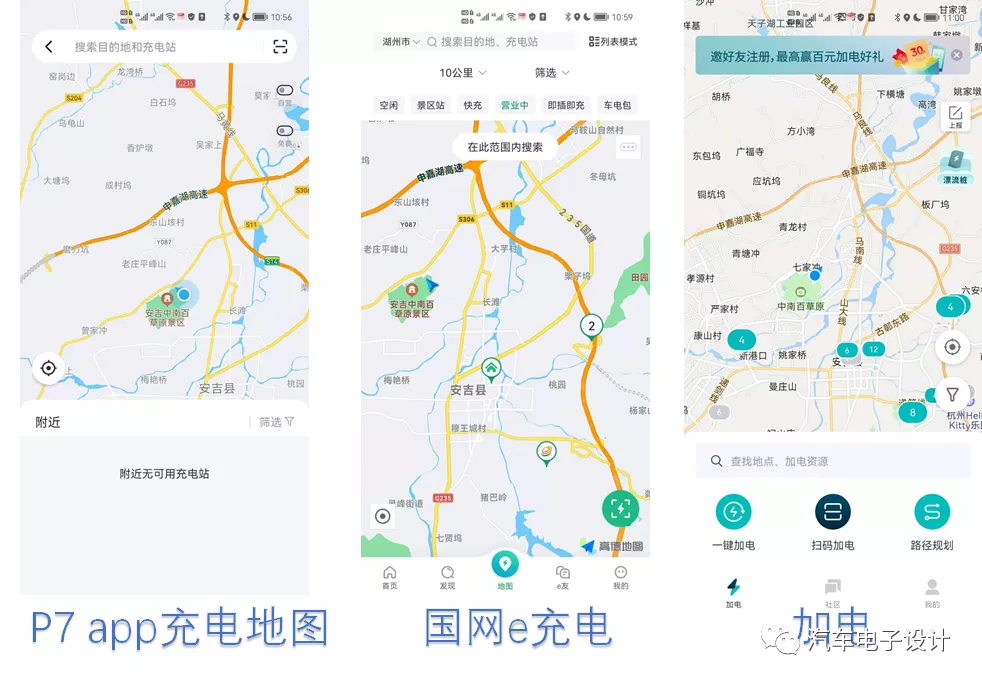
The main reason is that it displays 12 60 kW fast charging stations here. After running around in the scenic area and hotel for a long time in high temperatures, the actual range still continued to drop. By the time I arrived at this Classic 1958 station, it had probably already reached 280 kilometers (using air conditioning in the hot weather consumes a lot of electricity, and I can’t let the child get heatstroke). After sending the family to dinner, I was stunned when I arrived at the parking lot. These are 32A AC charging stations, and the JiaDian app doesn’t even recognize them. After trying for a while, I had to download the AiChangYou shared travel app.
Note: AiChangYou is a network that integrates time-sharing rental and charging services in Anji. It is supposed to be fast charging, but in reality, it is slow charging, and after all that, it did not even provide a charge.
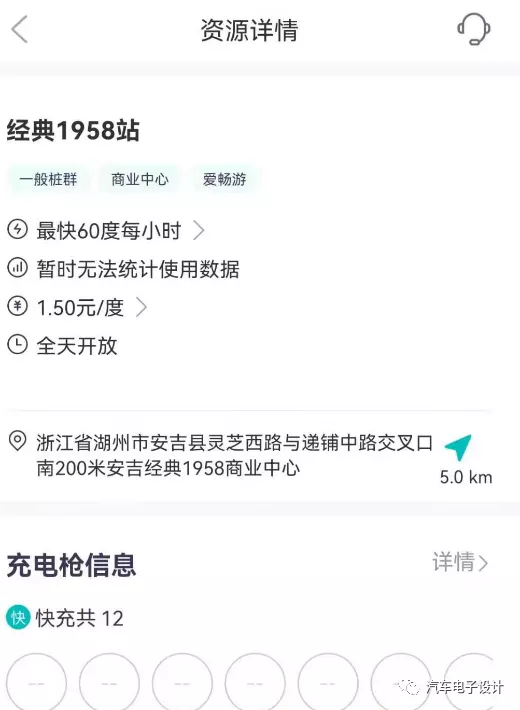
I started to feel low, and it felt like I ran out of battery at the very beginning. After eating and arriving at the hotel, after confirming several times, it turns out that there are no AC charging stations nearby. The schedule for the first day ended up being just this messed up.
3)Finding charging stations
After comparing different options, finally I found that the charging stations at JW Marriott have always been heavily used. At the current time of 23:18, there are still 5 cars charging, and car owner comments can be seen everywhere. For the time being, it seems that cars in Anji are all crowding together here to charge. This matter has been weighing on my mind, until during the day when I finished visiting Baicaoyuan and in the evening, I finally had time to go and charge.It was really interesting when I went there. I arrived at around 6 PM and saw 7 cars charging. I found a spot to start charging and went through the process of scanning the code and waiting for the connection. After a while, I finally managed to connect and saw the charging current and time on the screen, as shown in the following figure. The fast charging could be described as really slow, with a charging power of around 40 kW at the beginning and an estimated charging time of 2 hours and 20 minutes. At that time, my display showed only 235 km remaining, so being able to charge up was fortunate.
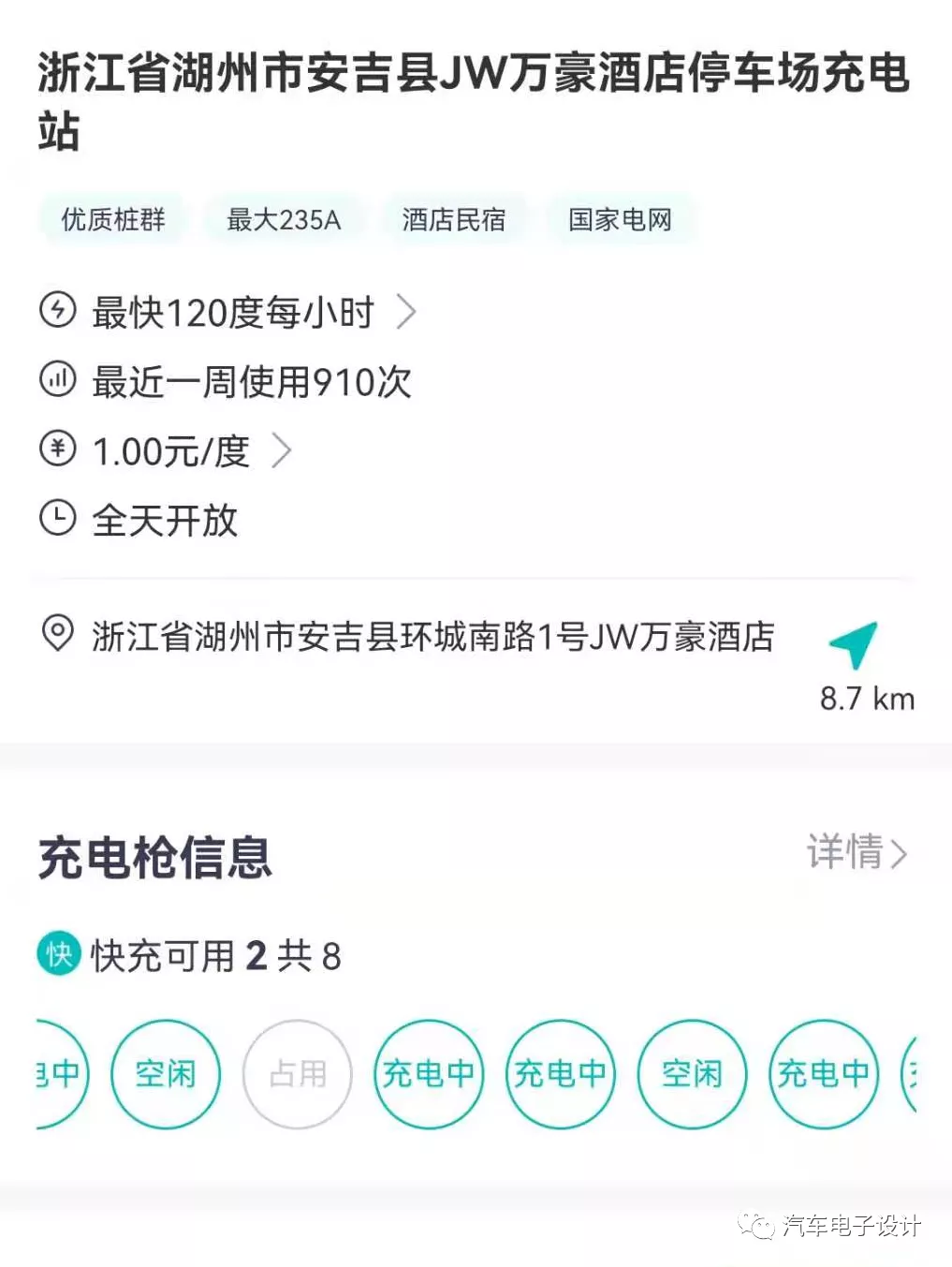
Reflecting on my experience, I don’t think there is actually range anxiety in electric cars today. Even a car with a range of 650 km can travel about 450 km under the condition of a speed limit of 120 km/h with a 30% discount, and there are enough charging stations along the way. However, the problem is that people buy electric cars for the comfort of themselves and their families. In an unfamiliar place, like the tourist resort in Huzhou, there are actually very few reliable charging facilities.
The nearby tourist hotels don’t have charging stations. The AC charging facilities in the commercial district are also hard to find and require additional apps to be installed to use. The high demand for charging at the national grid charging stations means a long wait, almost no spare time. Therefore, improving the charging speed can effectively increase the turnover rate and provide more cars with charging opportunities.
After charging and feeling relieved, I still think that the current challenge for electric cars has shifted from range anxiety to charging anxiety. On the one hand, the reliability of charging facilities and apps needs to be improved. On the other hand, the charging speed is too slow, wasting valuable time for families.

Summary: In the second half of 2021, there will be more pure electric vehicles available, and automakers are still focusing on the urban clusters with vehicle purchase restrictions. This may allow consumers to rely on home chargers and nearby superchargers for convenient charging within their urban clusters. However, once they travel more than 200 kilometers and leave their familiar areas, they may experience a completely different kind of range anxiety. They may not know where to charge their vehicles or how long they need to wait, which is where the fast-charging network may become crucial in the next phase.
This article is a translation by ChatGPT of a Chinese report from 42HOW. If you have any questions about it, please email bd@42how.com.